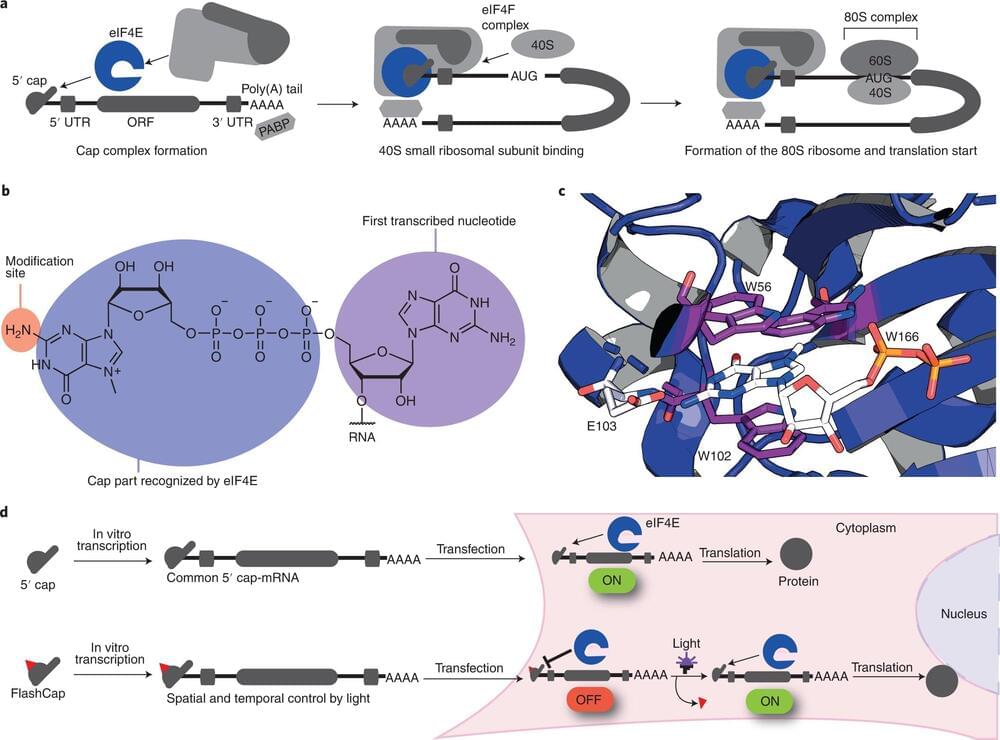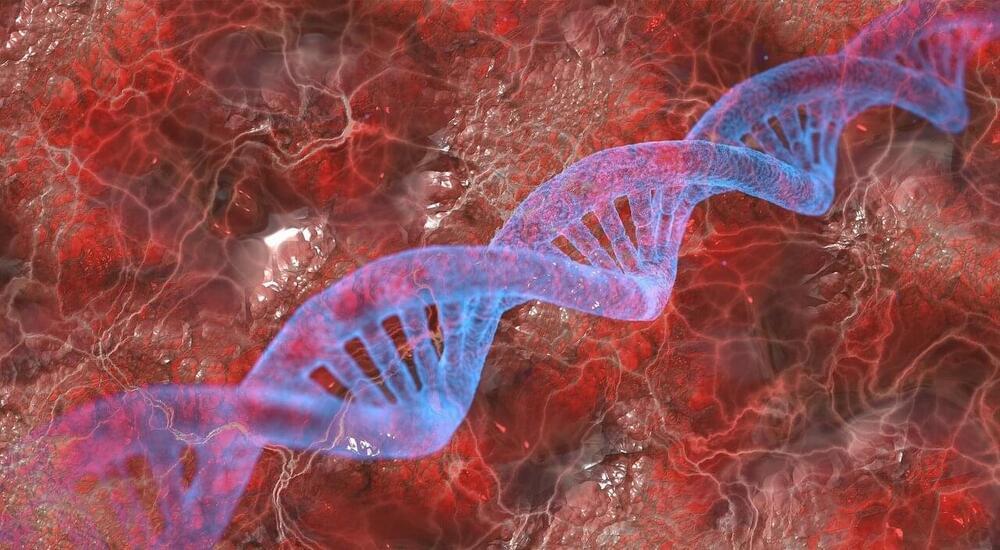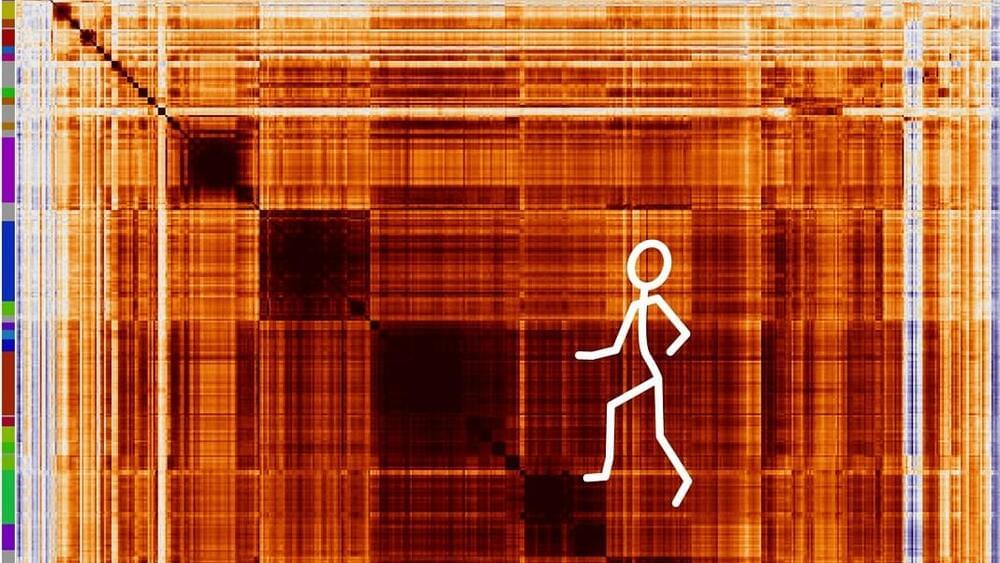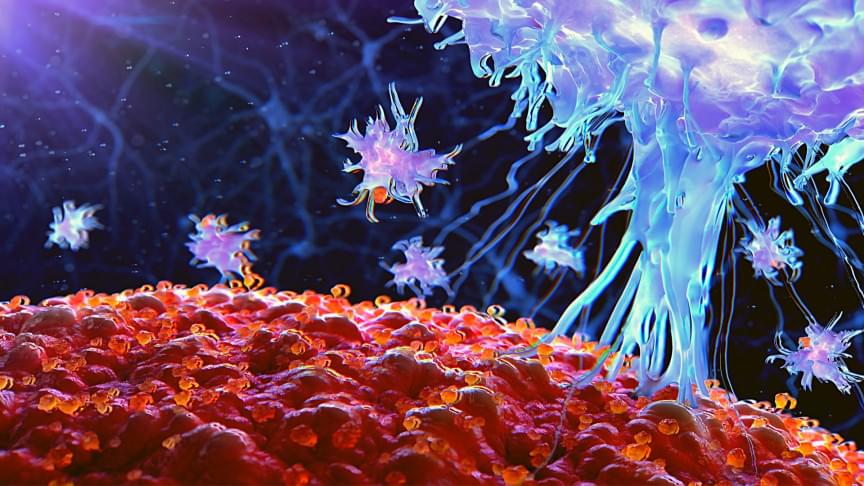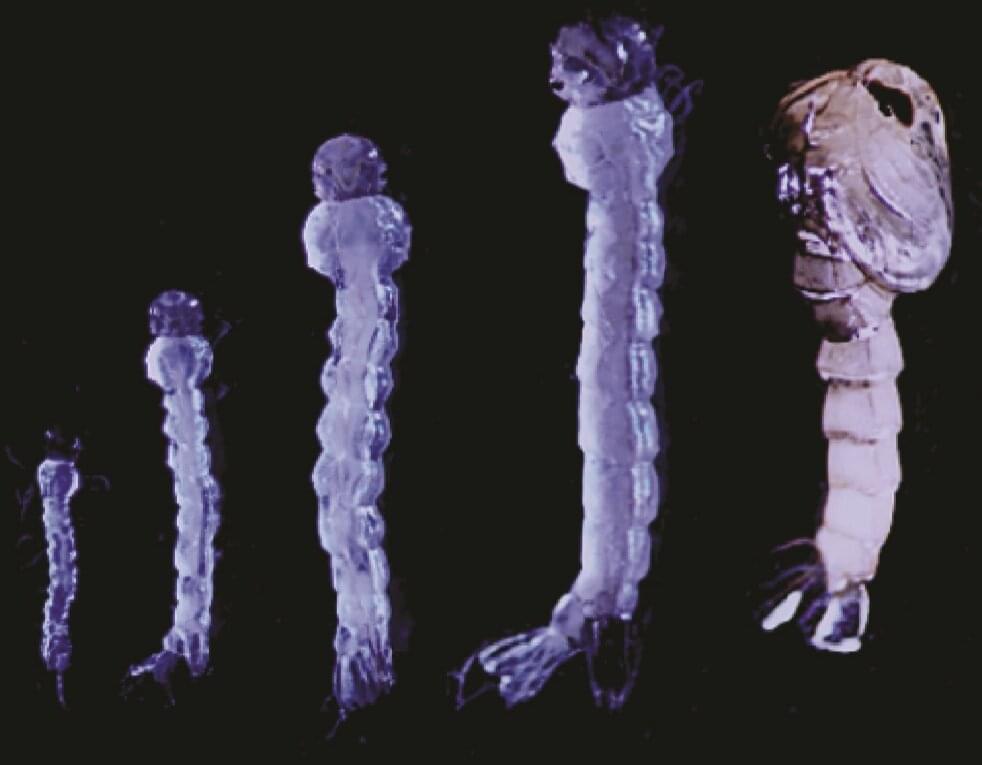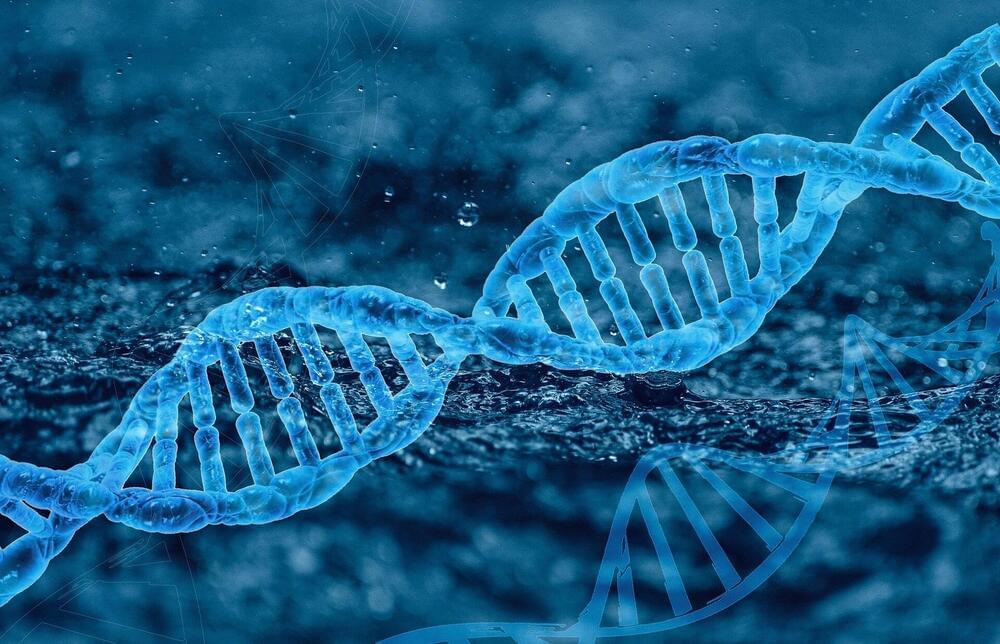Jun 21, 2022
Biochemists use new tool to control mRNA
Posted by Dan Breeden in categories: biotech/medical, chemistry, genetics
A team of researchers at the Institute of Biochemistry at Münster University discovered that by using so-called FlashCaps they were able to control the translation of mRNA by means of light. The results have been published in Nature Chemistry.
DNA (deoxyribonucleic acid) is a long chain of molecules composed of many individual components, and it forms the basis of life on Earth. The function of DNA is to store all genetic information. The translation of this genetic information into proteins—which an organism needs to function, develop and reproduce—takes place via mRNA (messenger ribonucleic acid). The DNA is transcribed to mRNA, and the mRNA in turn is translated into proteins (protein biosynthesis). In other words, the mRNA functions as an information carrier. Biochemists at the University of Münster have now developed a new biochemical tool that is able to to control the translation of RNA with the aid of light. These so-called FlashCaps enable researchers to control a variety of processes in cells both spatially and temporally and, as a result, to determine basic functions of proteins.
